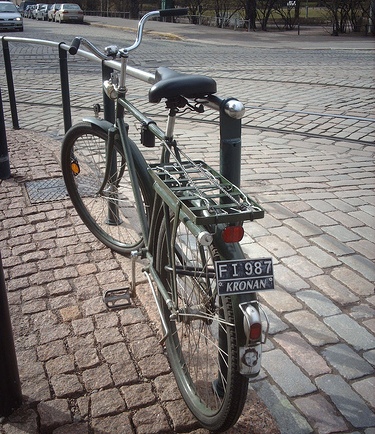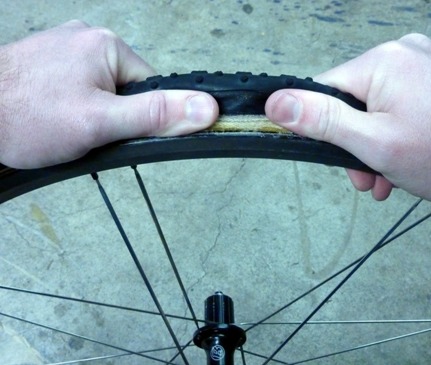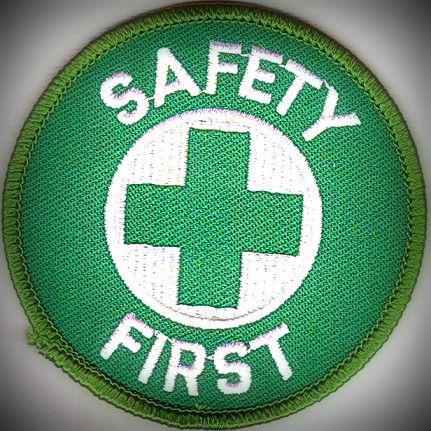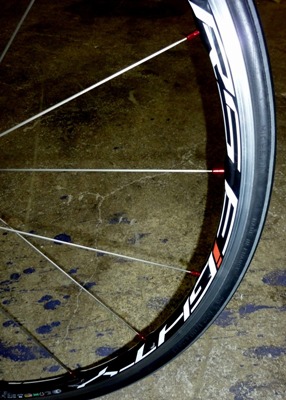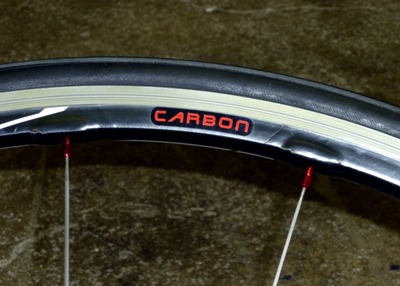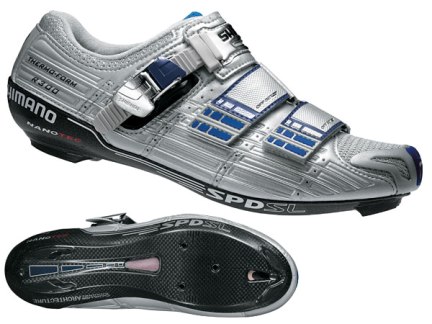It hasn’t been a particularly nasty winter or spring – so perhaps this is more of a admission to how little I am riding right now (sad, I know). But, for the first time since fall I have been able to get the Waterford; my main steed (or ”sunny-day go-fast bike”) out twice to stretch her legs. It was a wonderful thing to be back on my main machine after riding the single-speed ‘cross bike any time I was able to sneak away for a quick spin.
That ride revealed some wonderful things that I thought were worth sharing. Perhaps I feel that way because I am newly inspired again and doped up on natural vitamin D. Perhaps these were legitimate mini-revelations. Perhaps I am merely scraping the bottom of the barrel for writing material. Whichever the case – it is my blog so you are going to read about it anyway… 🙂
Lame attempts at humor aside; I felt there was a few things worth writing about. Some of which will come in this post – some in subsequent posts. Here’s a quick index:
First road test of the Shimano RS-80’s I got this fall. Like I said; I’ve been on the single-speed…sad, huh? However, I am now certain in my choice for new every-day wheels.
New Clif Shot Gel road test. Hmmm; after years of using Hammer Products I am now having to search for alternatives. Read more about that soon.
I am also testing Endurox R4 recovery drink after almost a decade of using Hammer Recoverite. Review coming soon.
My habitual spring shake-down of all my components…made significant by the fact that my Waterford will celebrate it’s 10th birthday this October! Keep reading for more… Continue reading “Ride Report: First Spring Rides on the Waterford”
